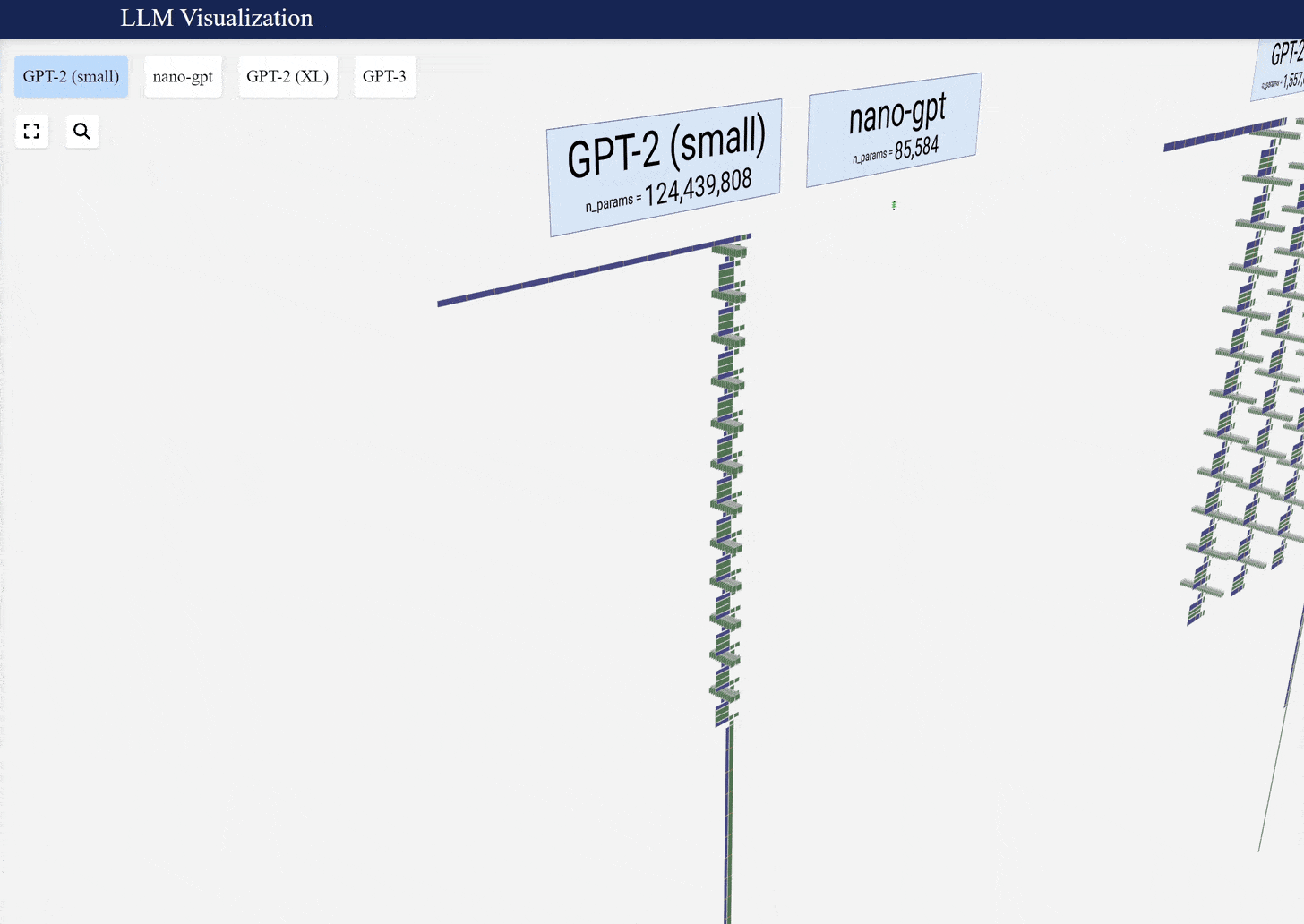LLMs Explained Simply & How They Can Save You 800 Hours This Year
Part 1️⃣ - What are Large Language Models + How To Save 🕒 Using Them?
👋 Hey Creators!
Feel like there are never enough hours in the day? It’s difficult to manage your time as is, but what if we told you that understanding Large Language Models could extend your clock by automating some of the most time-consuming & repetitive tasks you face daily? (it’s MUCH easier than you think)
In today’s newsletter, we’ll be covering:
What are LLMs?
The History of LLMs
How you can save 800hrs/year using them
5 LLM-based tools you wish you’d known about sooner
Do you have a minute to participate in our Subscription Giveaway and make our newsletter even better? Take a short survey and tell us about your experience + participate in the free Giveaway of a Premium Subscription for 6 months.
Why You Should’ve Known About LLMs Yesterday
Get this — on average, an entrepreneur & creator spends:
2 hours per day on email management
1 hour per day on scheduling and calendar management
1 hour per day on data entry and generating reports
What if LLMs could take over 80% of these repetitive, boring, and soul-sucking tasks? That's over three hours back in your pocket each day — adding up to an incredible 800 hours saved a year.
By leveraging LLMs, you can finally spend more time with your family, find time for fitness, watch that new Netflix series, catch up on the ever-piling sleep debt, take up a new hobby, or even take another vacation for a whole month!
Let's dive into why understanding LLMs is crucial for anyone looking to optimize their productivity and uncap their true creative & entrepreneurial potential!
LLMs? What Even Are Those?
Large Language Models, or LLMs, are advanced AI systems that enhance text prediction to an exceptional level — imagine the autocorrect & text prediction on your phone, but far more sophisticated.
When you type "I am going to the...", your phone might suggest words like "store" or "gym.", based on the words you wrote before. LLMs operate similarly, but on a much larger scale, using vast amounts of text to predict and generate language accurately.
The Core Pillars of LLMs are:
Transformer Models - the backbone of most LLMs, these models process data by breaking down input text into smaller parts (tokens) and analyzing the relationships between them. This helps the model understand and generate language based on the context provided.
Just like our brain uses neurons to process and relay information, transformer models use tokens to process and generate language, making sense of the input based on context.
Training - LLMs learn by consuming vast amounts of text data, from websites like Wikipedia to books and articles. This training allows them to understand language patterns and context, and, as a result, generate better text.
It’s just like reading hundreds of books to enhance your knowledge and master a subject, we feed LLMs with text data from diverse sources like Wikipedia and various books to help them learn, though with a small caveat — LLMs can do this anywhere from 100-1000 times faster than us.
Fine-tuning - after their initial training, LLMs can be fine-tuned with specific data sets to perform tasks like translation, content generation, or even coding.
With fine-tuning, you’re giving your little helper a specific role & legend to fill — for example, "Sir Code-a-lot”, who, after his rigorous initial training, is now sharpening the specific skills needed to slay the mighty dragons in the C++ Language.
And if you want to see how different your autocorrect & text prediction on your phone is from actual Large Language Models – then here’s a cool visual showing the sheer scale of the various GPT LLMs
Essentially, LLMs predict what comes next, depending on the context & your input. If you’re a programmer and you’re writing code in Python, and use an LLM-powered code editor, the model understands every line of code you’ve written and suggests the next one accurately!
The History of LLMs & Transformers
The evolution of LLMs (Large Language Models) began with the introduction of the Transformer model by Google at NeurIPS 2017.
This model introduced a new approach called "attention mechanisms" that improves how machines understand the context within text. Basically, a Transformer allows the model to focus on different parts of the input data at different times, improving its ability to generate accurate and contextually appropriate responses.
This model led to significant developments such as BERT and GPT models. GPT models, starting from GPT-1 to the latest iterations like GPT-3.5 and GPT-4, have significantly advanced in capabilities, achieving tasks that range from simple text generation to complex decision-making and problem-solving tasks.
And you know what’s the best part about LLMs becoming mainstream?
Nearly every SaaS company is leveraging them by building apps to solve the problems we creators & entrepreneurs face daily – responding to emails, scheduling meetings, finding time for family and leisure, data entry, everything you could imagine — there’s an LLM-based tool for it now.
How To Leverage LLM-Based Tools To Get 3 Hours Off Tomorrow
Time is the one thing money cannot buy, it’s the one thing we all wish we had more of — and thanks to modern tech, we can reclaim up to 800 hours a year to do the things we love.
Let’s explore the best LLM-powered tools, what tasks can be automated, and how you can save time today & moving forward!






